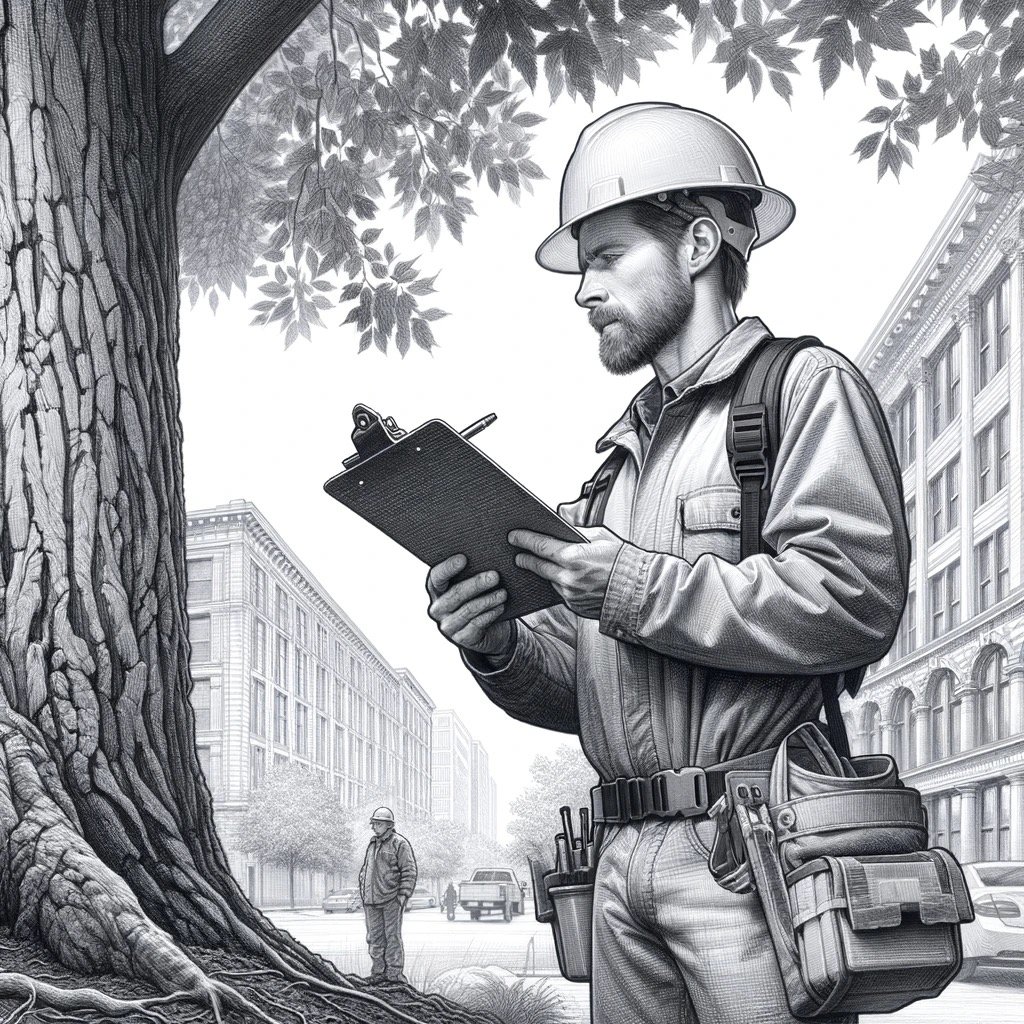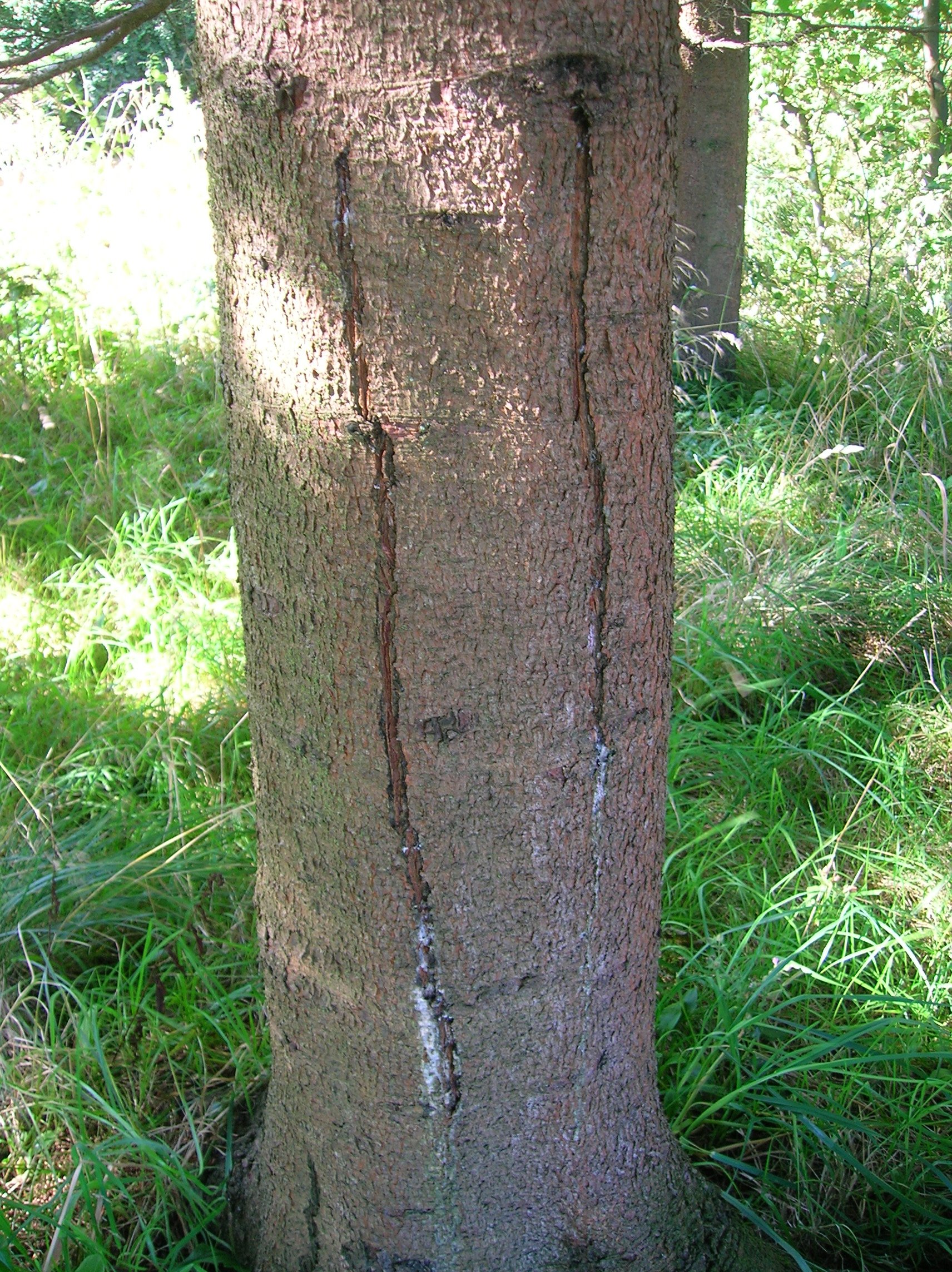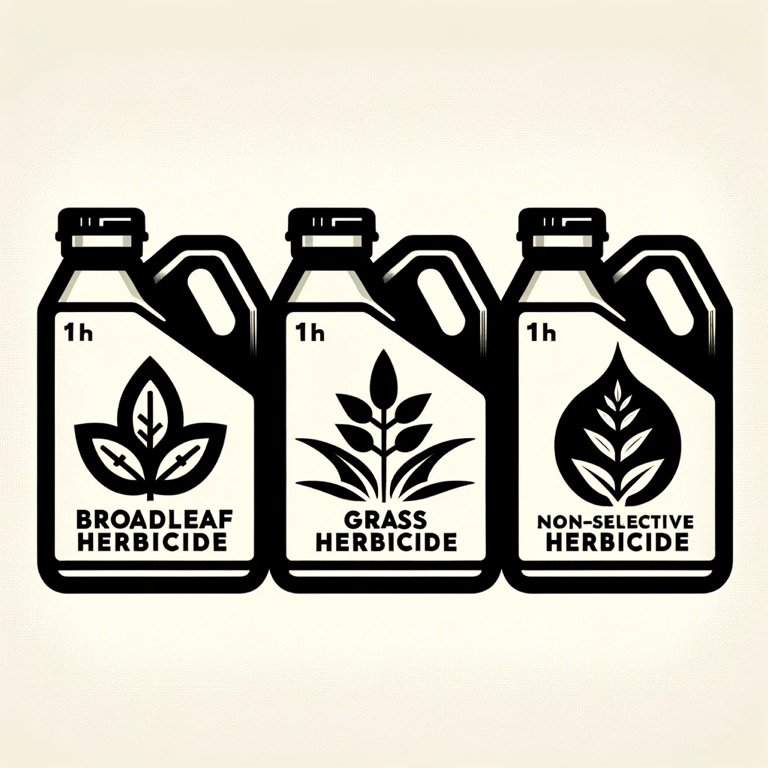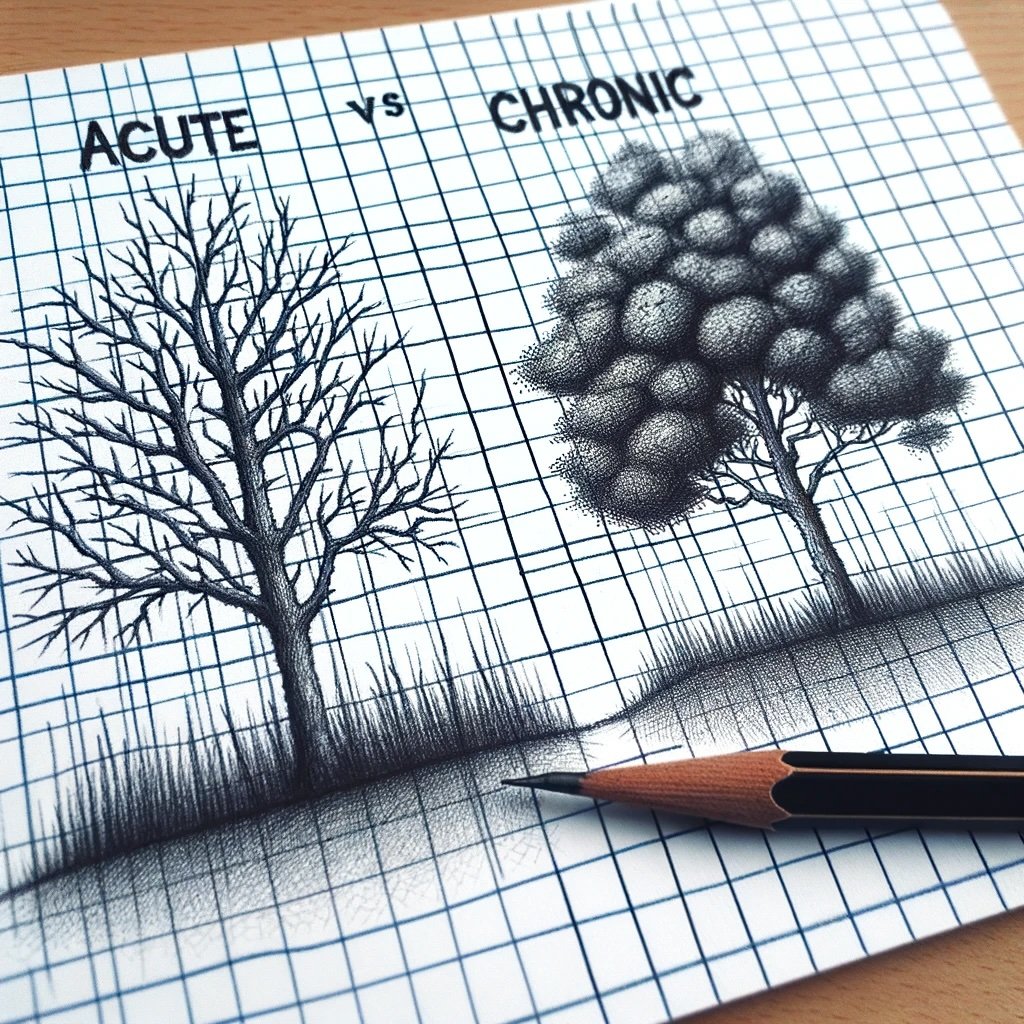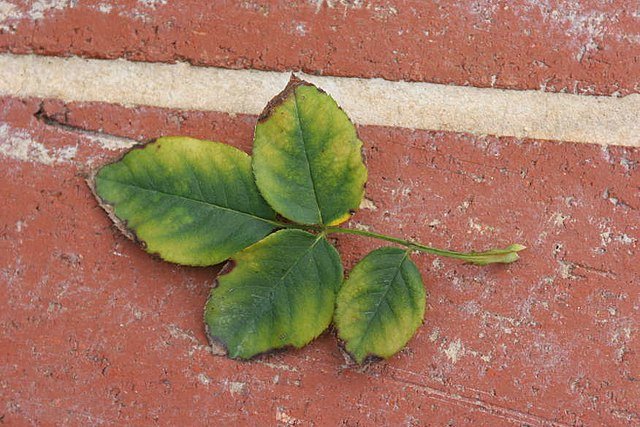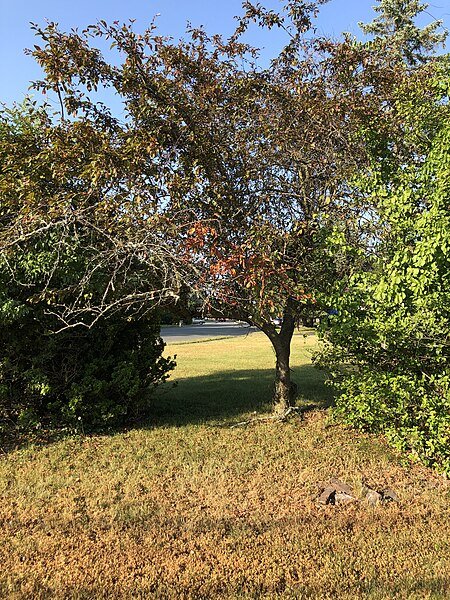Abiotic Disorders
Trees enhance urban and rural landscapes and offer significant ecological benefits. Amidst the increasing environmental challenges, safeguarding tree health has become imperative. This guide narrows down on mitigation strategies to manage acute pollution damage in trees, highlighting targeted actions for preservation and recovery.
Addressing abiotic disorders in plants involves understanding the complex interplay between environmental stressors and plant health. Abiotic disorders are caused by non-living ecological factors that can adversely affect plant growth, development, and productivity. These stressors include extremes in water availability, temperature fluctuations, soil compaction, salinity, chemical toxicity, and mechanical injuries.
Weather-related plant injuries can often be precursors to secondary disorders that may further impact plant health and stability. These injuries arise from various climatic factors, including extreme temperatures (both hot and cold), wind, hail, frost, and excessive moisture or drought. Understanding the mechanisms of these injuries and their implications on plant health is crucial for effective management and mitigation strategies.
Understanding the cascading effects of weather-related injuries on plants is pivotal. These primary injuries, induced by environmental factors like extreme temperatures, wind, hail, and variations in precipitation, not only affect a plant's immediate health and vitality but also set the stage for an array of secondary disorders.
Frost cracks, radial shakes, or winter splits are common abiotic disorders affecting trees. These vertical fissures in the trunks of trees can be a significant concern for arborists, landscapers, and tree enthusiasts.
Lightning, a powerful natural phenomenon, can have devastating effects on trees. When a tree is struck by lightning, the outcomes can range from minimal damage to destruction, depending on various factors such as the tree's species, moisture content, and overall health.
Like other living organisms, trees are greatly influenced by the conditions of their surroundings, particularly temperature. Extreme temperatures, whether hot or cold, can significantly impact trees' health, growth, and overall functioning, ultimately affecting their survival.
In arboriculture and plant science, understanding the distinct effects of environmental factors like wind and light on plant growth is crucial. This post will focus on differentiating the symptoms and responses of plants to wind (anemotropism) and light (phototropism).
Chemical and pollution injuries to plants can significantly impact plant health and are crucial to abiotic disorders. These injuries are often the result of herbicides and pollutants, which can vary in their specificity and mode of action. Understanding the different types of herbicides and their effects on plant groups is essential for accurate diagnosis and management.
Trees, vital to our ecosystems, face numerous challenges, with pollution a significant threat. This blog post delves into the various forms of pollution impacting tree health, highlighting unique symptoms and mitigation strategies supported by academic research.
When evaluating the health of plants, particularly in the context of chemical and pollution injuries, it's crucial to distinguish between chronic and acute injuries. These terms refer to the duration and intensity of exposure to harmful substances, which can significantly impact the signs and symptoms observed in affected plants.
Abiotic disorders in plants encompass a range of non-living factors that can negatively impact plant health, including water, temperature, and chemical stresses. Among these, herbicide injury is a significant concern, as it arises explicitly from exposure to chemicals used for weed control. Recognizing and differentiating herbicide injury from other abiotic disorders is crucial for effective plant management and care.
In my preparation for the BCMA exam, I've deepened my focus on the crucial aspect of nutrient management in trees. Though I had a foundational understanding, honing in on nutrient deficiencies and toxicities has significantly expanded my understanding. Trees require a balanced nutrient profile for optimal physiological function, and imbalances can manifest through various symptoms. It goes beyond mere problem identification; it's about understanding the nutritional needs for the biological health of trees.
When discussing nutrient deficiencies and toxicities in plants, it's crucial to understand how nutrient mobility within the plant can influence the presentation of symptoms. Nutrient mobility refers to the ability of nutrients to move within the plant tissues. This mobility significantly affects where deficiency or toxicity symptoms appear on the plant.
Like any living organism, plants require various nutrients for their growth and development. However, when these nutrients are in excess, they can become toxic, adversely affecting plant health. Nutrient toxicity in plants can manifest in multiple ways, including stunted growth, leaf chlorosis, tissue necrosis, and increased susceptibility to diseases.
Understanding the relationship between soil attributes and nutrient dynamics is vital in arboriculture. Soil type and pH influence nutrient availability, often leading to abiotic disorders manifested through nutrient deficiencies or toxicities.
Understanding the impact of soil and site conditions on plant health is crucial for effective arboriculture. Different biotic and abiotic environmental factors profoundly influence plant growth, health, and productivity.
The adverse effects of salt on tree health can be effectively mitigated by selecting suitable species, thoughtfully designing landscapes, and proactively managing soil and plant health.
Understanding the impact of water deficiency on plants is crucial for arborists. Chronic and acute water shortages can significantly affect plant health, but their symptoms and long-term effects differ.
Understanding the role of soil and site conditions is crucial in diagnosing plant water deficiency. Here, we explore the key factors contributing to water stress symptoms, combining visual inspection, understanding soil and site conditions, and analyzing plant behavior.
The past few posts have focused on physical and mechanical injuries to trees. In this post, we delve into the factors that influence the severity of damage from physical and mechanical injuries to plants. These injuries can range from accidental damage due to landscaping activities to intentional vandalism, each causing varying degrees of plant harm.
When choosing a tree for your landscape, the health and structure of its roots are as crucial as the beauty of its canopy. A common issue in nursery-grown containerized trees is becoming "pot-bound" – a condition where roots grow densely within the confines of a container, often circling and entangling themselves.
In the landscape trade, staking and guying trees is a common practice, especially for supporting young or vulnerable trees. This intervention can be crucial for a tree's initial stability and growth. However, if not executed with precision and care, it can lead to many problems.
Trees are not just aesthetic elements of our landscapes but vital living organisms that contribute significantly to our environment. However, they are often subject to various forms of mechanical damage, which, if left unnoticed or untreated, can lead to severe health issues or even tree loss.
In urban forestry and landscape management, abiotic disorders play a pivotal role in the health and sustainability of trees. Unlike biotic stressors caused by living organisms like pests and pathogens, these disorders stem from non-living environmental factors. Among the most significant abiotic stressors are the damages inflicted on tree root systems during construction activities, mainly due to heavy equipment and land regrading
Soil salinity, marked by high levels of soluble salts, poses a severe concern for arborists. By absorbing water, these salts can create a water deficit in the soil, making it harder for trees to absorb moisture and nutrients.
Soil aeration and texture are critical yet often overlooked aspects of tree health. Proper aeration allows roots to breathe, which is essential for their growth and resilience to stress. The soil's sand, silt, and clay mix shapes its texture and airflow. Without this, roots suffer from compaction, leading to many issues. Understanding and managing soil aeration is critical to preventing these problems and maintaining healthy trees.
In managing tree health, understanding the balance of water and soil is key, particularly when addressing abiotic disorders. Soil texture, marked by the proportion of sand, silt, and clay, plays a critical role in water retention and availability for trees. This relationship between soil and water significantly influences tree vitality and is an essential consideration for arborists.

